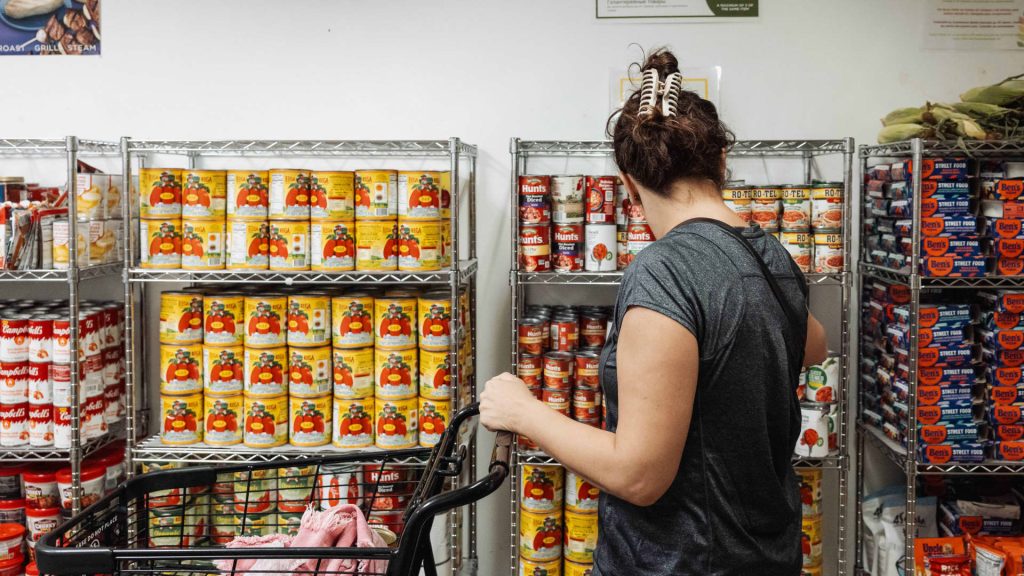The federal government shutdown, which has now stretched past a month, has put critical services in jeopardy, including the Supplemental Nutrition Assistance Program. To help fill the gap, individual donors are lending outsized support to hunger relief nonprofits.
The SNAP program, formerly known as food stamps, is run by the U.S. Department of Agriculture and provides basic assistance to about 42 million people. The agency cautioned last month that food aid would be suspended as the shutdown drags on.
A sign hangs at a customer service area, as the U.S. President Donald Trump administration said it plans on Monday to partially fund food aid for millions of Americans after two judges ruled it must use contingency funds to pay for the benefits in November during the government shutdown, at a grocery story in Long Beach, New York, U.S., Nov. 3, 2025.
Shannon Stapleton | Reuters
“[Monday’s] announcement is an important first step, but it’s not enough,” Diane Yentel, president and CEO of the National Council of Nonprofits, an industry association, said in a statement. “Millions of families, children, and seniors remain at risk of delayed or reduced food assistance,” she said.
Local food banks are often the next line of defense. However, these nonprofits are also under pressure with federal funding on hold.
“Food banks, shelters, and community organizations are stretched thin,” Yentel said. “Every delay or reduction in SNAP benefits pushes more people toward emergency assistance and places additional strain on the nonprofit sector.”

Donations to hunger relief efforts spike
Amid critical funding shortages, individual donors have stepped in to help the nonprofits, charities and public service organizations that provide support to families in need.
Between Oct. 23 and Oct. 27, giving to hunger relief organizations surged roughly 587%, according to Charity Navigator, a third-party evaluator.
“A lot of food banks are getting a tremendous increase in donations,” said Charity Navigator’s CEO Michael Thatcher. “Knowing that your neighbor is going hungry is not OK.”
A resident browses donated food items in the pantry at Feeding South Florida in Pembroke Park, Florida, US, on Friday, Oct. 31, 2025.
Eva Marie Uzcategui | Bloomberg | Getty Images
Donors can find a relief effort through sites such as Charity Navigator, BBB Wise Giving Alliance or CharityWatch, which assess criteria such as how transparent a nonprofit is about its finances and how much of its budget goes toward programs.
To that end, Charity Navigator compiled an “end hunger fund,” which splits donations among seven leading nonprofits that provide immediate support, including Feeding America and Second Harvest.
Alternatively, search for food banks within your state or region, Thatcher said: “You can give locally or nationally; the need is there.”
Many community groups are also collecting food and personal care items to distribute to families at risk.

